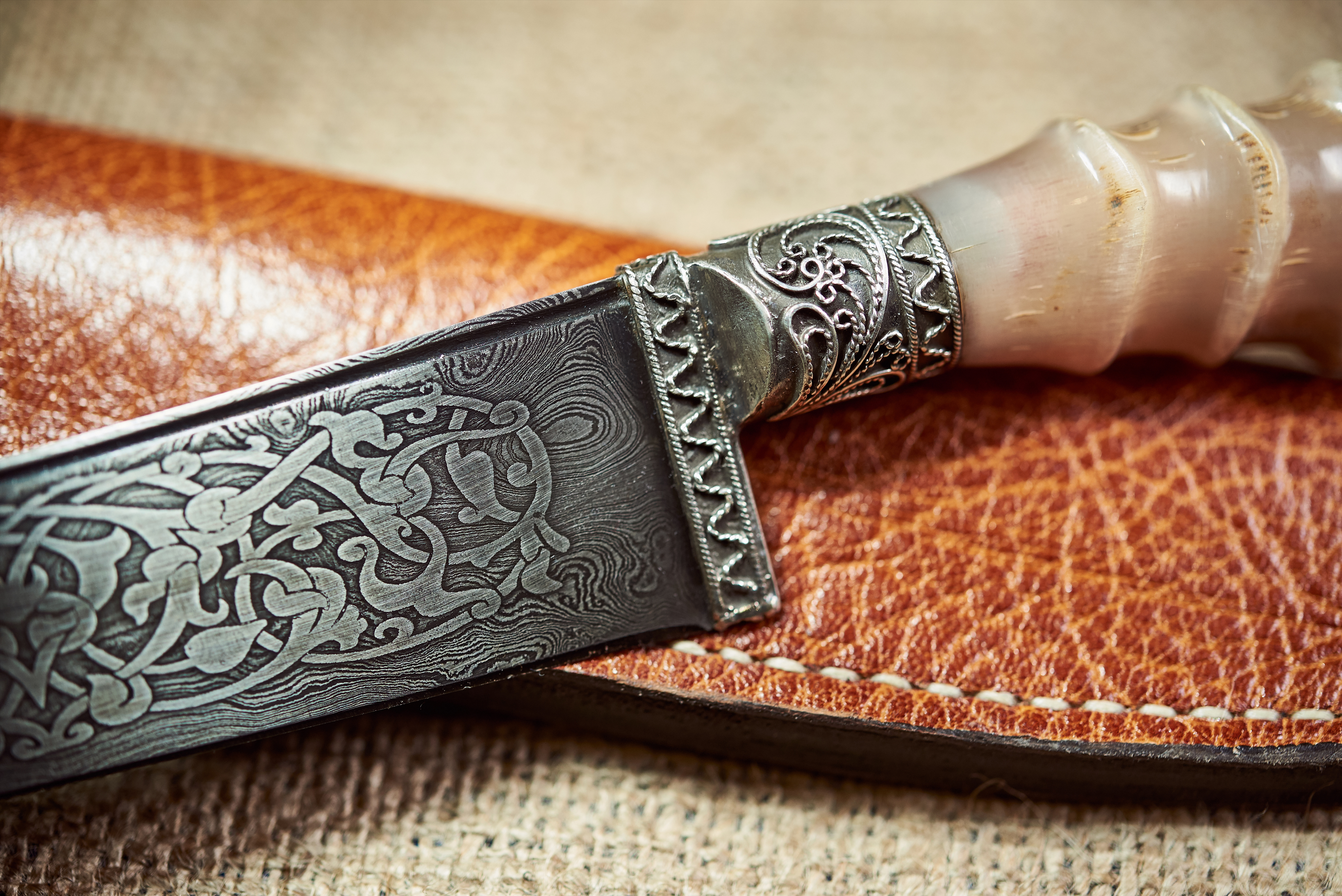A Cut Above the Rest: Preventing Rust on Collectible Knives

A Cut Above the Rest: Preventing Rust on Collectible Knives
Knives have been around nearly as long as people, our species in many ways defined by the ability to craft them as survival tools. Just a few years ago, archaeologists in Spain reportedly discovered a small, flint knife crafted by hominids dating back 1.4 million years. The artifact survived in large part because of the dry, dark atmosphere of the caves in which they were entombed. Another factor in their favor: They were made of stone. Blades on most modern knives are crafted with some type of metal, so threat of rust or corrosion is ever-present. Unless you want to take a stab at stowing your prized antique collectible knife in a near-airless cave for a few thousand millennia, preventing rust will require a proactive approach.
Preventing Rust: Some Collectible Knives Are More Prone
Knives are at risk for rust to varying degrees due to the composition and their atmosphere. Many collectible knives made in the 19th century are comprised of some combination of iron and carbon steel. More modern collectible knives, such as the V-42 used in WWII, are forged with these same components. The high iron and carbon content of these blades means knife owners must be meticulous in preventing rust Even stainless steel knives can rust under the right conditions because stainless steel is mixed with alloys to strengthen certain properties. The less chromium in the steel, the more likely it will be to rust.
Knife collectors should avoid abrasive chemicals, prioritize proper storage in a cool, dry case and avail themselves of VCI technology to ward the classic rust recipe: metal+air+moisture = rust. For knives not made of iron or related alloys, there is a risk of similarly-damaging corrosion. VCI products by Zerust are helpful in warding off harmful corrosion as well as preventing rust.
How Does Zerust VCI Technology Protect Antique or Collectible Knives?
VCI stands for “vapor corrosion inhibitors.” Zerust products protect antique collectible knives from rust and corrosion with invisible, odorless vapor particles that shield metal from moisture. The compound is non-toxic, approved by the U.S. Food & Drug Administration for use on eating utensils.
The exact form of VCI protection will depend on the size of your antique, how and where you store it and whether you use it or it’s just for display. Plastabs, for example, are thin, light squares infused with VCI that can slide easily into any display case or storage device for protection. If however you frequently handle the knife, you may want to first lay down a VCI drawer liner in your usual storage place. Alternatively, we also have numerous sizes of multi-purpose VCI poly bags. Encased in a poly bag, your knife will have up to five years of protection against rust and corrosion.
Maintenance of Antique/Collectible Knife
The exact type of maintenance needed for your knife will depend a great deal on the type of knife you have, the metals and other components of which it’s comprised and your frequency of handling.
Knife experts at KnifeCenter.com recommend in general:
- Keep your knife dry. This includes the entire knife not solely the blade.
- Keep your knife clean. This is especially true of knives with locking devices and moving parts.
- Keep your knife oiled. The pivot points and blade are especially important to oil.
- Keep your knife sharp. This is critical if it is a knife you plan on using. A sharper knife is infinitely safer than a dull – or rusted – one.
Our rust prevention experts can help you determine the best product to fit your needs and protect your knife.
Contact Zerust for information on preventing rust on your antique knives and collectible knives by emailing us or calling (330) 405-1965.
Additional Resources:
1.4 Million-Year-Old Knife Discovered In Spain, Flint Is ‘Oldest Piece Of Evidence’ Hominids Lived In Atapuerca, July 2013, By Zoe Mintz, International Business Times
More Blog Entries:
Chilling Out: Cold Weather Gun Rust Prevention, Dec. 14, 2018, Zerust Rust Prevention Tips Blog
- Categorized: Rust Prevention Tips




